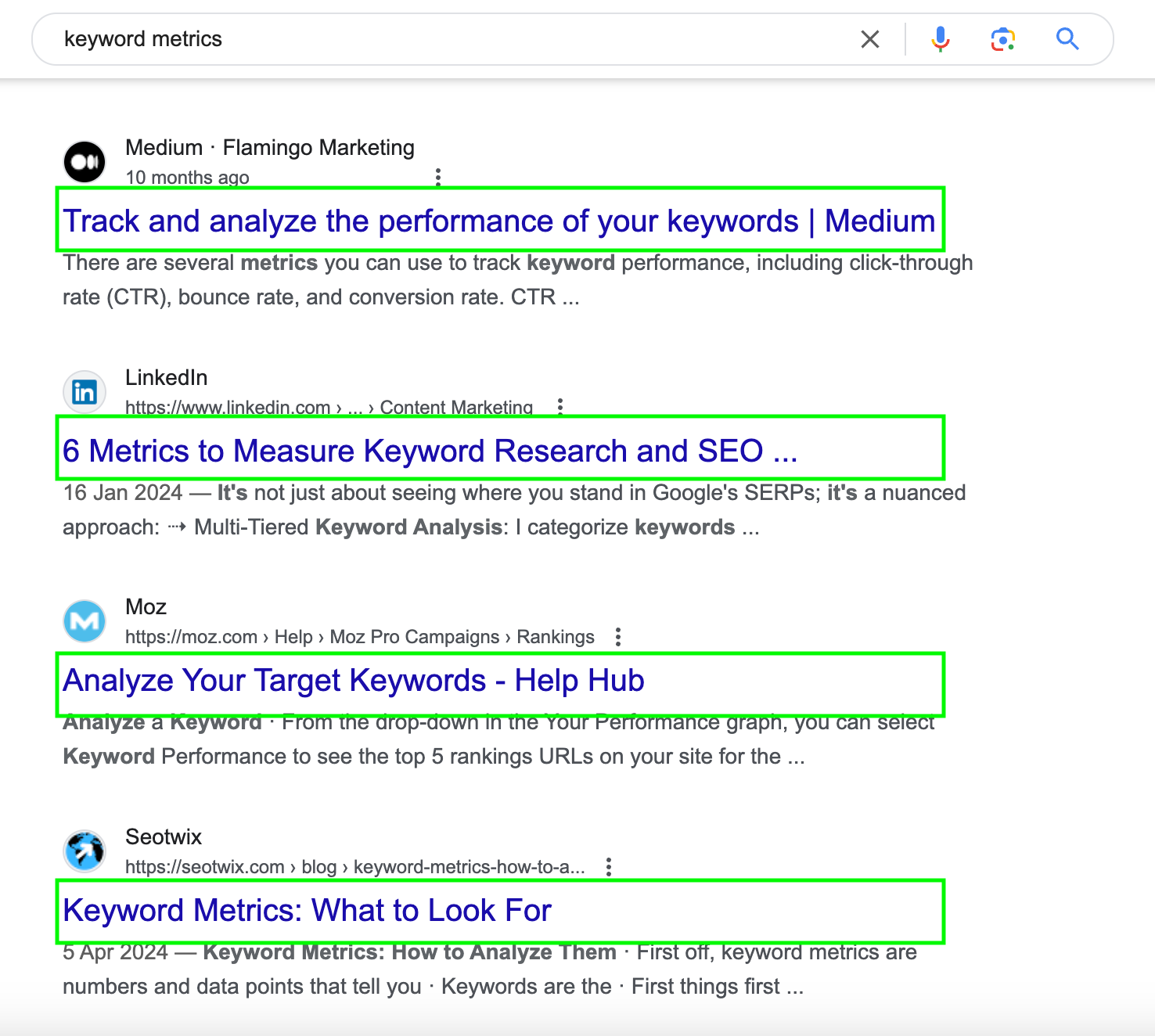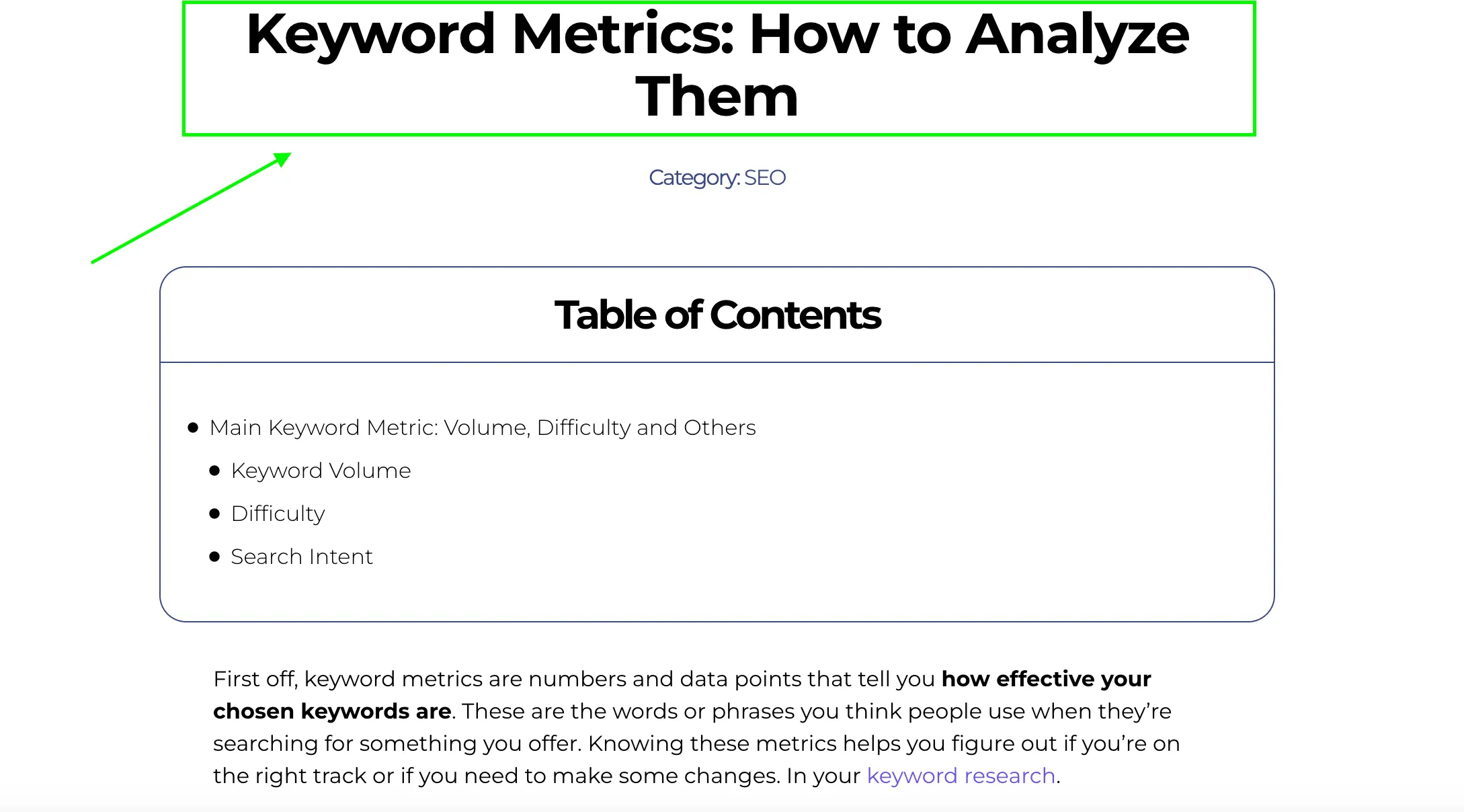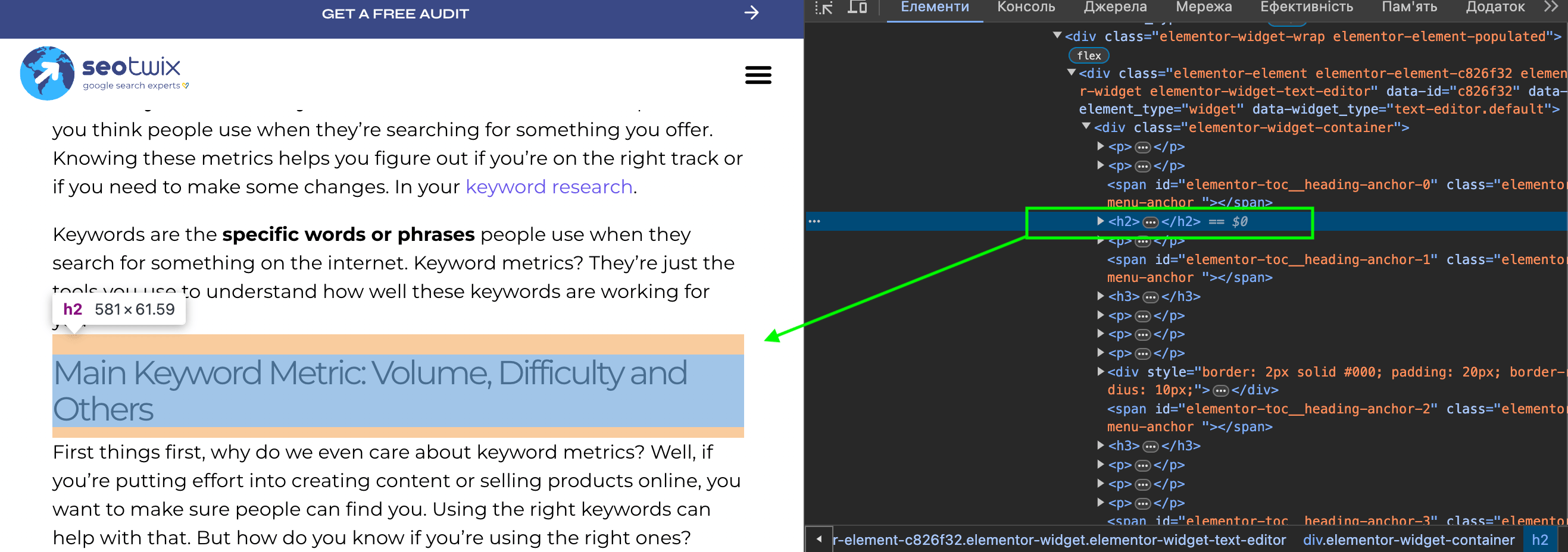If you’re trying to get more visitors to your website or blog, knowing the difference between a title and a header can give you a rise-up. It might seem like a small detail, but in the world of SEO, it’s very important.
SEO Title: Is it Important?

An SEO title is the title of a webpage that you see in search engine results, like on Google. It’s the big, clickable headline that pops up when you’re looking for something online. The main job of an SEO title is to tell both people and search engines what the page is about clearly and concisely.
Why does this matter? A good SEO title can make a big difference in how many people decide to click on your link. If the title is clear and interesting, more people are likely to come in. That’s what you want for your webpage too.
Here’s what you need to keep in mind to make a great SEO title:
- Keep it relevant. Make sure your SEO title matches what your page is actually about. Misleading titles can annoy people and search engines might not rank you as highly if they catch on.
- Use keywords. Keywords are the words or phrases that people type into search engines. Do keyword research and include one or two important keywords in your title, it can help the right people find your page.
- Make it catchy. You want your title to stand out and grab people’s attention, but it still needs to feel natural and make sense.
- Stay within the limit. Search engines only show a certain number of characters in the results. Keep your title under 60 characters so it doesn’t get cut off.
If you don’t write a title tag Google will make its own, so you’ll miss the opportunity to add some keywords.
Header: What’s the difference between H1, H2, and H3
When we say “SEO header,” we’re usually talking about the part of your website content that helps search engines understand what your page is about.
There are a few different types of headers on a web page.
H1: This is your main headline. It’s super important because it’s the main shout-out to search engines and readers about what your content is all about. You usually have this as the title of your article or page. It’s the big, bold text at the top that grabs your attention.

H2, H3, and beyond: These are your subheaders. They break up your text into smaller sections, making it easier to read. For search engines, they’re like little hints that provide more details about the content of your article or page.

Start with H1 for your main title, then use H2, H3, etc., for subheadings. This structure helps search engines understand the layout and importance of your content.
After the keyword research, and analyzing keyword metrics, try to include the main keyword in your headers, especially the H1. Your headers should make sense to someone just skimming through your page. But, remember, the H1 shouldn’t be the same as the title tag if you have more than one main keyword, use it in your H1.
Title vs Header: Are They Different?
Think of the title as the name of your page. It’s what shows up in search results and on the tab of your browser. It’s the first thing people see when they find your page on Google. Your title should be catchy, and clear, and give a good idea of what your content is about. It’s also a heavy hitter for SEO, meaning search engines pay a lot of attention to it. Also, you can see only the title in search results.
Headers are like the chapter titles in a book. They organize your content and make it easier to read. Headers break up your text into manageable chunks, making it more enjoyable for your readers. They also give search engines clues about the main points of your content.
So, the title is the main label for your content, and headers are sub-labels that organize and break down the content into more digestible pieces. Both are key for making your content accessible to readers and search engines.
Improving your SEO content isn’t just about stuffing keywords everywhere. It’s about creating titles and headers that speak to both search engines and your readers. By focusing on clarity, relevance, and engagement, you can make your content more visible and more enjoyable to read. Remember, SEO is not just a science – it’s an art.




